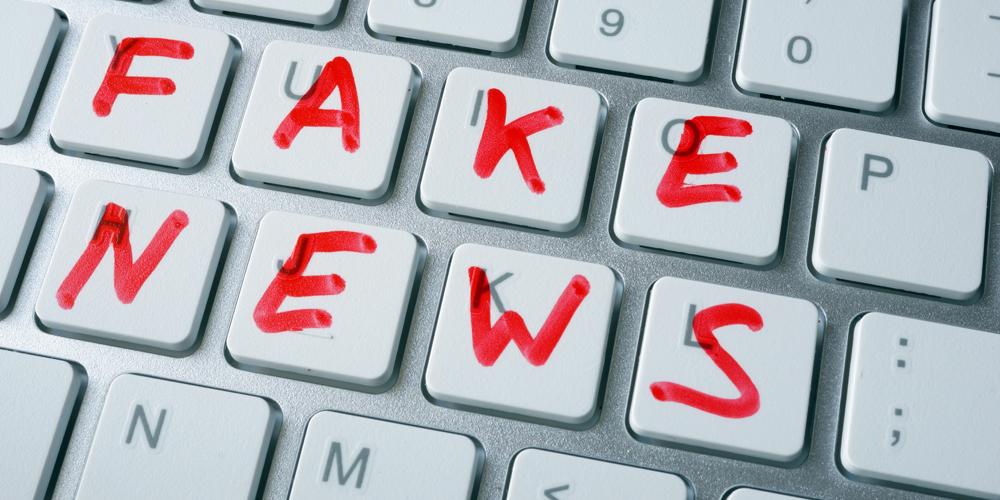The birth of social media came with its advantages and disadvantages. However, fake news existed before the internet but the era of social media has made it easy to spread fake news and aid its spread, even faster.
The urge to be the first to break the news has led even credible news organisations to publish wrong information without verification.
The era of social media has given untrained individuals the power to break news and disseminate unverified information, that is later found to be either false or with the intent to mislead and instigate violence.
It is no longer news that some blogs and individuals aim is to misinform and disinform their audiences to increase readership and engagement. In an era where reach and engagement convert to money, people will do anything for engagement and to gain visibility.
Information shared on social media travels fast and always makes its way to the offline space, thus increasing the spread of fake news in society.
Inadequate funding of justice, social welfare compromising citizens rights – Kalu
Why N/Assembly speedily passed N2.17trn supplementary budget – Senate
Furthermore, it is important to know the difference between misinformation, disinformation and fake news.
Misinformation is inaccurate and false information spread with no intent to cause harm; the sender believes the information is likely to be true, disinformation, on the other hand, is false information spread with the intent to cause harm, deceive and manipulate the receiver.
While misinformation and disinformation are similar, fake news is a combination of both.
Fake news is the spread of misinformation and disinformation on a wider platform and making it seem like real news, fake news is more dangerous as it has the potential to reach a lot of people in different regions and it is purposefully crafted.
In 2019, Wole Soyinka said that “fake news has become a threat to mankind, adding that it may cause World War 3.
However, note that there are other ways of spreading fake news and they include satire (parody), deepfakes and propaganda, among others.
Below are ways to detect and filter false and misleading information from facts on social media.
Some of the questions to ask yourself before sharing information online are;
Does the story sound too good to be true? Is the source of the story trustworthy? Is it verifiable? Then check your biases and other sources and always look beyond headlines.
Any information that is not from a credible source, can’t be verified and sounds too good to be true needs to be checked before sharing. Some of the things that can be done to verify such information are;
Background check
This is important because some fake news merchants reference old articles, audio or audiovisuals and portray them as new information. They use trending issues to repurpose past information to suit the current situation and push a narrative.
The 2023 general elections in Nigeria can be used as a case study. Many parody accounts surfaced and old videos were repurposed to mislead the public.
Quick manual search
This can be done using Google by typing the keywords. In the case of pictures or videos, a search using Google Reverse Image Search can be carried out to find the real source of the picture or video and when it first surfaced on the internet.
Some people, blogs or news outlets are popular for the spread of fake news, a simple search will expose them as some platforms like Facebook may have some of their content flagged as fake news.
Avoid articles with click baits
Click baits are one of the easiest ways fake news merchants and internet fraudsters use to gain access to their victim devices, they lure them into clicking to see more and end up on unsecured sites.
They misinform their audience and still gain access to personal and sensitive information on their gadgets.
Clickbaits can come in the form of misleading headings.
Make sure the information is from a verified source
There are lots of fake and parody accounts so it is vital to make sure any information you are about to share is from a verified account of a particle individual or news outlet to avoid falling victim to fake news merchants as well as fraudsters.
Parody accounts should not be taken seriously as their posts are not the person or organisation’s views or opinions they are imitating, it is strictly created for humour and deliberate exaggeration.
Just because it is trending doesn’t mean it is true and when in doubt, do not share.

 Join Daily Trust WhatsApp Community For Quick Access To News and Happenings Around You.
Join Daily Trust WhatsApp Community For Quick Access To News and Happenings Around You.